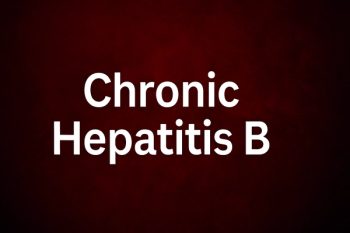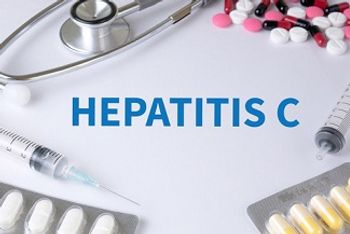
Fallout From NIH Smallpox Faux Pas
Is the U.S. a Pandora's box of laboratory biosafety failures?
In July 2014, the Centers for Disease Control and Prevention (CDC)
Officially eradicated in 1980, smallpox is extremely contagious and currently only stored in two locations — the CDC and Russia’s State Research Centre of Virology and Biotechnology (VECTOR). If finding samples (some were live) of smallpox hanging around in a dilapidated cardboard box wasn’t enough,
Although we’ve all dug through our freezers and come across some ancient frozen food or spilled liquid, there’s something particularly scary about stumbling across vials with smallpox in them. Throw in a dash of fear, rumors, and a sordid NIH history of covering up outbreaks, and you’ve got the perfect recipe for emergent investigations and oversight. “In 2011, a deadly infection untreatable by nearly every antibiotic spread through the NIH clinical center but was not made public until a year later, when researchers published a scientific paper about how they had traced it.” Since this incident, the NIH has vowed to do better at information dissemination, regardless of public risk.
In May 2015, the Department of Defense (DOD) reported safety lapses in a high-containment lab involving anthrax that resulted in live anthrax being shipped to other labs. Prior to this, in June 2014, the CDC reported an incident of potential lab personnel exposure to live anthrax.
Laboratory safety failures have been gaining public attention and a recent report from the Government Accountability Office (GAO), points to the failures within US bioresearch labs. The report, “
The investigations and hearings related to the 2014 NIH smallpox findings are consistent with ongoing biosecurity and safety issues within US bioresearch facilities. While many worry about bioterrorist attacks, there is growing concern that these organisms will be released due to lab failures or accidents. I would highly suggest reading the GAO report to better understand not only the failures, but also the dynamics of inter-agency work. With the growing scrutiny over select agent work, hopefully these events will lead to closer security measures and biosafety practices.
Newsletter
Stay ahead of emerging infectious disease threats with expert insights and breaking research. Subscribe now to get updates delivered straight to your inbox.
















































































































































































































































































































